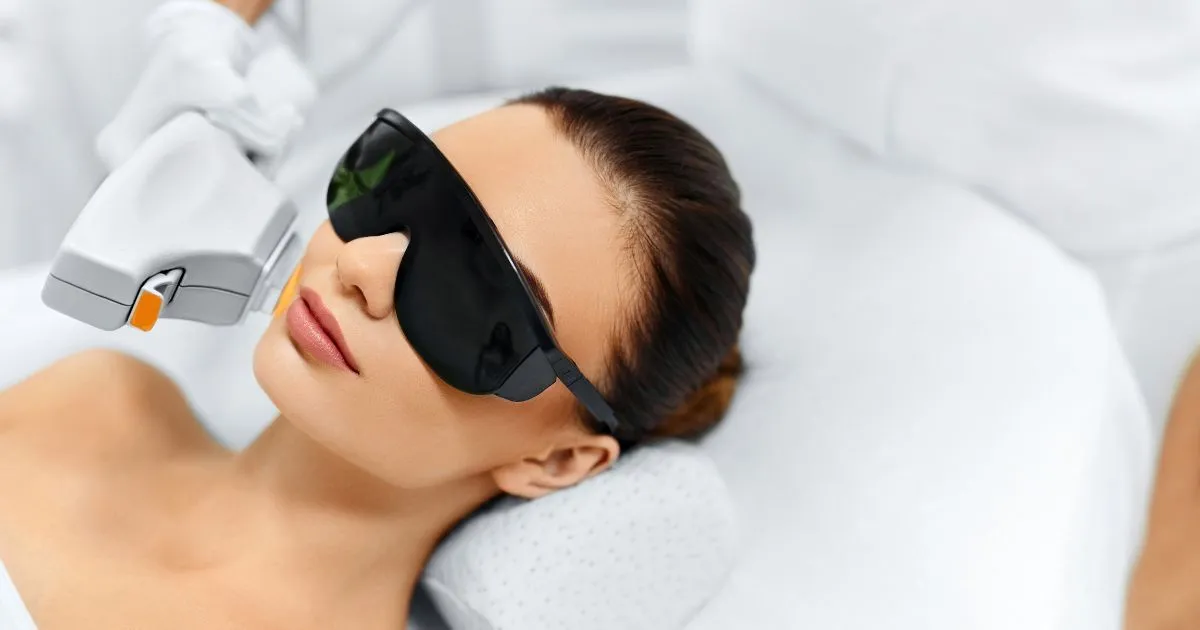

Youth is synonymous with fame, fortune, and power for many people. Many people would go to greater lengths just to keep their youthful appearance for as long as possible. Thus, there are several treatments people try to do. Botox is a popular cosmetic procedure that promises to keep you looking young and fresh for years to come.
Botox injections are becoming a more popular way to treat various medical conditions and cosmetically improve the appearance of lines and wrinkles. But what are Botox injections, and what are the procedures and side effects involved?
This blog post will answer those questions and more. Keep reading to learn everything you need to know about Botox injections.
Botox is a trading name for toxins produced by the bacterium Clostridium botulinum. This toxin can cause a type of food poisoning called botulism, so it’s so important to be careful when handling or consuming contaminated food.
However, in very small doses, Botox can be used to temporarily paralyze muscles. This is why Botox injections are often used to treat muscle spasms, migraines, and excessive sweating. Botox can also be used for cosmetic purposes to temporarily reduce the appearance of wrinkles and fine lines.
Each dosage of Botox has Botulinum toxin type A as its active ingredient. Botox also contains some forms of human albumin and sodium chloride to help keep the Botulinum toxin stable.
Botox has no smell and no color. Botox injections are usually given with a very fine needle. The injection site is numbed with a topical anesthetic cream before injection.
A typical Botox session starts off with the Botox being injected into the target muscles with a very fine needle. The Botox then travels to the nerve endings and binds to the receptors there. This prevents the nerves from sending signals to the muscles, which temporarily relaxes or paralyzes them.
A single session usually takes up to 30 minutes, and the results can last anywhere from 3 to 6 months. The effects of your Botox will gradually wear off as the muscle activity returns to normal.
Aside from cosmetic uses, Botox is also used to treat various medical conditions. For one, it can help prevent migraines by paralyzing the muscles involved in migraines. Botox can also help treat blepharospasm, an involuntary spasm of the eyelid muscles.
Doctors also use Botox to combat excessive sweating, especially on the palms, underarms, and soles of the feet. This works because Botox can prevent the release of the chemical that triggers sweating. Botox can also be used through injections to treat muscle spasms and urinary incontinence.
Urinary continence happens when the muscles that control urine release are too weak or active. Botox can help by relaxing the muscles and preventing them from contracting.
Apart from those, Botox has proven to help significantly in other medical conditions, such as:
Ongoing studies are also investigating Botox’s role in treating:
However, since they are still studying the effects of Botox on these conditions, it is best to always consult with a medical professional first before trying Botox injections.
You might experience some bruising, redness, and swelling at the injection site. These side effects should go away on their own. Usually, the recovery time lasts for about 24 to 48 hours.
The results should be noticeable within a few days to a week after the Botox injection. The results will gradually improve over time as the Botox takes effect. And as mentioned earlier, the effects of Botox can last for 3 to 6 months.
One of the benefits of getting Botox is the promise of younger-looking skin. Botox can help reduce the appearance of wrinkles and fine lines on the face. Botox can also help actively prevent new wrinkles from forming and slow down the aging process.
Another benefit of Botox is that it can help with medical conditions like migraines, muscle spasms, and excessive sweating. Botox can also help with urinary incontinence.
Botox does not have any downtime since it is not a surgical procedure. In addition, since it is non-surgical, you don’t have to worry about the risk of infections. However, you should still ensure that your clinic uses sterilized and new needles for Botox injections because there is always a risk of infection.
Although Botox is considered generally safe, there are still some risks and side effects. The most common side effect people experience is bruising at the injection site. Other side effects may include:
Possible risks associated with Botox include:
As with any medical procedure, it is always best to consult with a medical professional before trying Botox. This way, you can be sure that Botox is right for you and that you are getting it from a reputable source. This is important to ensure that you get the best results and minimize the risks and side effects.
Botox has always maintained its status as one of the most popular cosmetic procedures. Botox can help reduce the appearance of wrinkles and fine lines and prevent new ones from forming. Botox can also help with medical conditions like migraines, muscle spasms, and urinary incontinence.
Although Botox is considered generally safe, there are still some risks and side effects. As with any medical procedure, it is always best to consult with a medical professional before trying Botox.
This way, you can be sure that Botox is right for you and that you are getting it from a reputable source. This is important to ensure that you get the best results and minimize the risks and side effects.
On that note, Central Oregon Aesthetics is a reputable Botox provider for your needs. They use Botox from a licensed manufacturer, and our needles are always sterilized and new. Their medical professionals will also be more than happy to answer any of your questions about Botox. They also offer other services that you might want to try soon.
